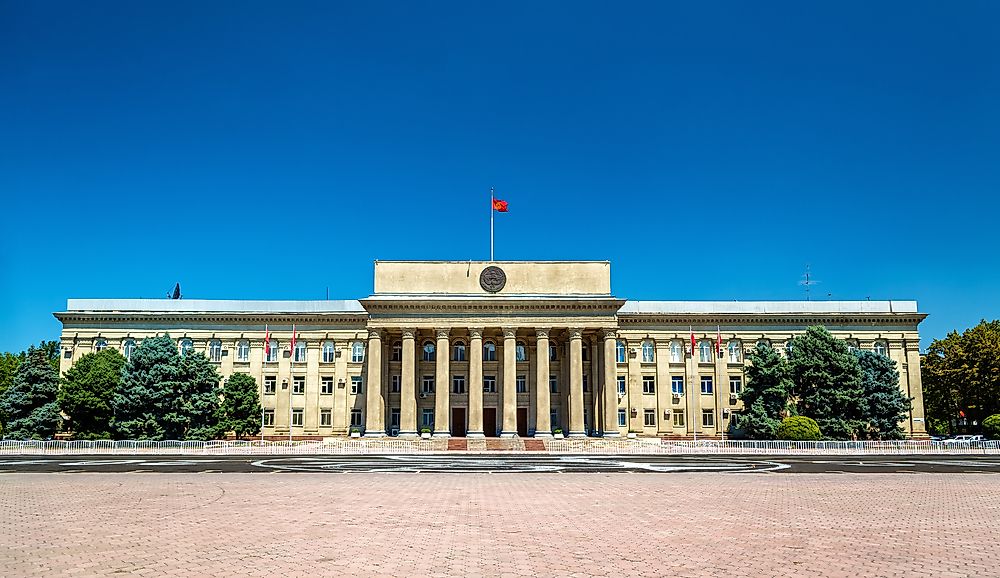Who Were the Interhelpo?

Formed in Soviet Kyrgyzstan, the Interhelpo was a union of workers and farmers popularly known as Idists and Esperantists. Its formation dates back to 1923 and its main objective was to strengthen socialism, an economic and political principle advocating for communal control of resources. The members of the Soviet Union used Interhelpo as, due to the membership by Soviet Kyrgyzstan and being a new member of the Soviet Union, the need to sensitize its workers on socialism arose.
Formation
The Interhelpo was formed in Czechoslovakia (present-day Slovakia). The members, including Czechs, Hungarians, and Ruthenians among others, were transported by train to Soviet Kyrgyzstan. There were a total of 1,078 members and the trains used to carry them to and from the towns of Zilina and Brno.
Achievements
The Interhelpo became very active since its inception in 1923. The cooperative put up many projects such as the establishment of a power station in 1925. The power station helped in industrialization as it was a source of power to the factories and other institutions. In addition, the cooperative constructed a textile factory which it established in the year 1927.
In 1928, the Interhelpo established a melting house, which performed functions such as minting and melting of metals among others. The project was essential because of the availability of metallic resources in the country. Furthermore, the union constructed a furniture factory which produced items such as chairs and tables. Woods from forests aided the establishment of the plant.
The other notable projects were the establishment of government facilities in Bishkek which is the headquarters of Kyrgyzstan. Such projects included construction of railroads, schools, hospitals, and government buildings among other facilities. Moreover, the Interhelpo was pivotal in many communal projects, which made it be recognized as the best cooperative in the Soviet Union in 1925. By 1934, the Interhelpo made twenty percent of industrial production in Kyrgyzstan.
Challenges
The Interhelpo was one of the most successful cooperatives in the Soviet Union. However, the union’s activities were hindered by many factors, which finally resulted in its collapse and liquidation in the year 1943. The fact that socialism advocates for communal ownership of property is a big setback to an immature economy. Interhelpo’s efforts would have been enhanced if individual ownership had been granted because members were demoralized leading to the weakening of the cooperative.
In addition, the political situation during the 1920s and 1930s was not conducive to smooth business operation. There had been cases of rivalry within the political divide in the Soviet Union leading to tensions and future uncertainties. Moreover, the union operated on a wide geographical area making coordination of members difficult. Members used to travel by train from Czechoslovakia to Soviet Kyrgyzstan hence resulting in exhaustion of the workers.
In spite of their efforts, members of Interhelpo were later persecuted by Stalinism at its liquidation in 1943. Stalinism was a policy introduced by Joseph Stalin who was a revolutionary dictator in the Soviet Union from the 1920s up to 1953.











